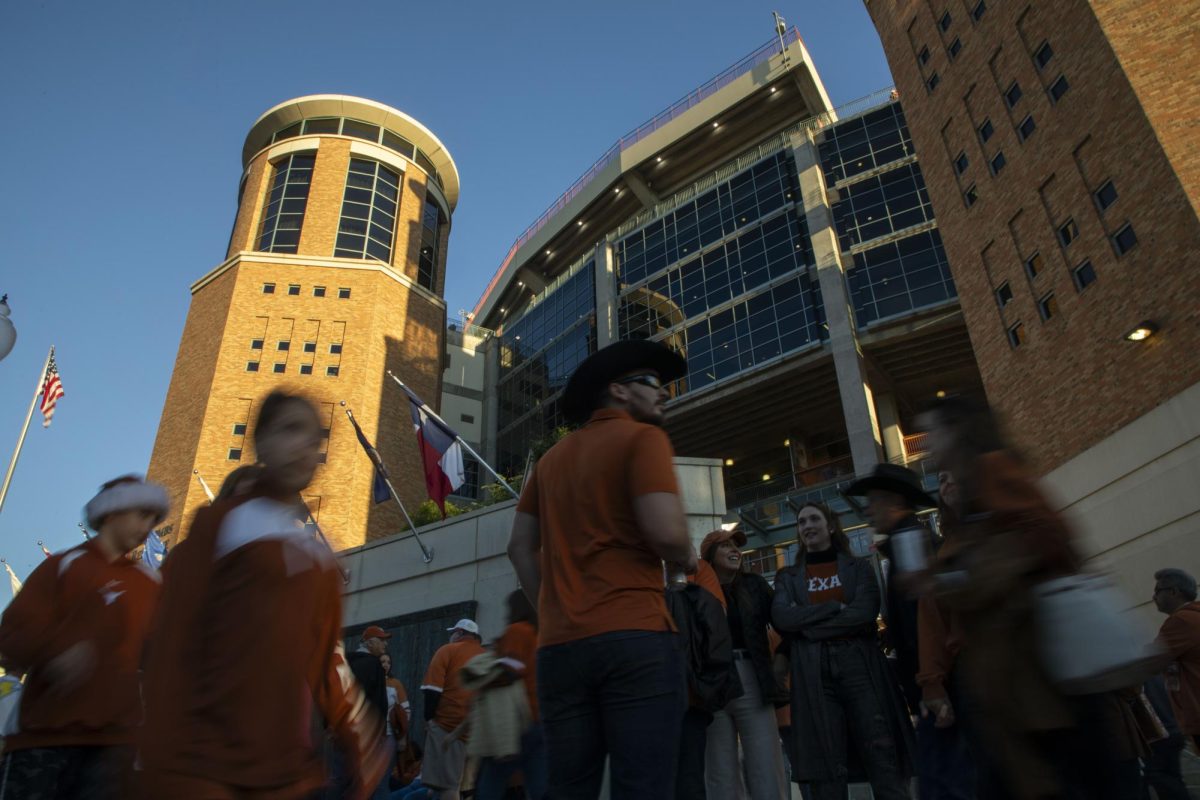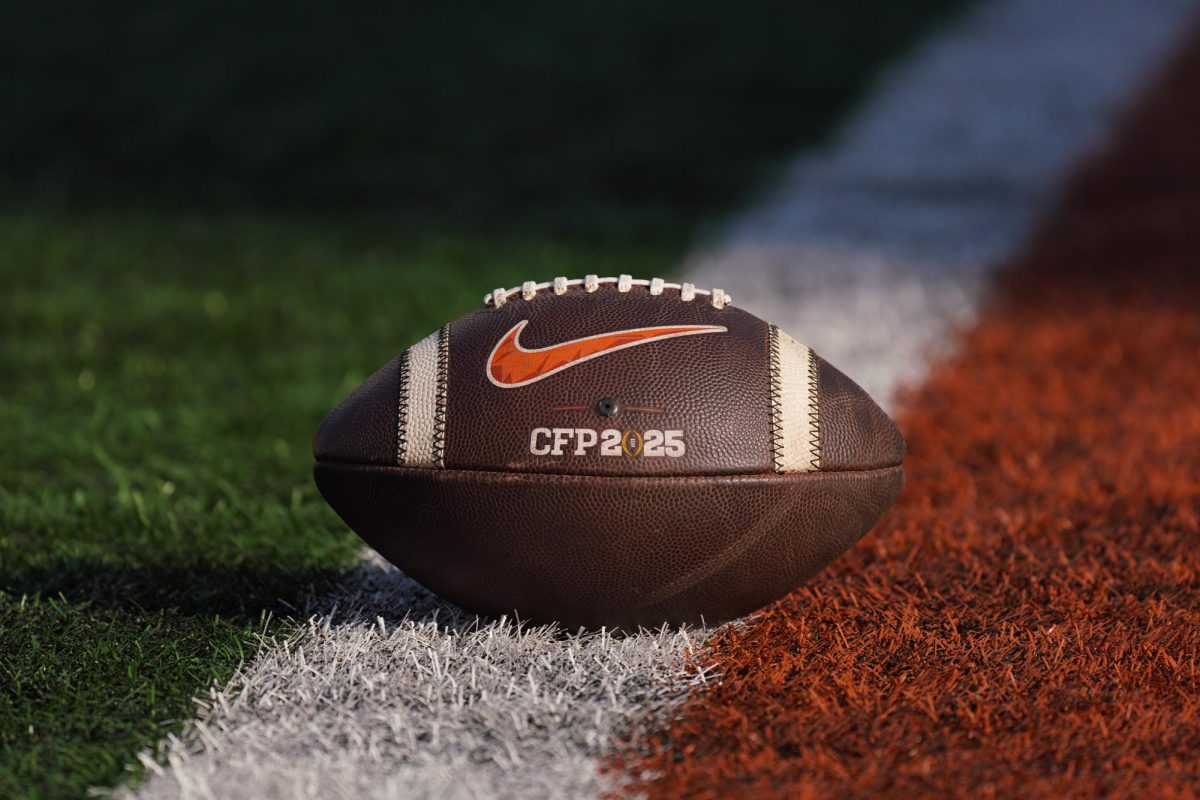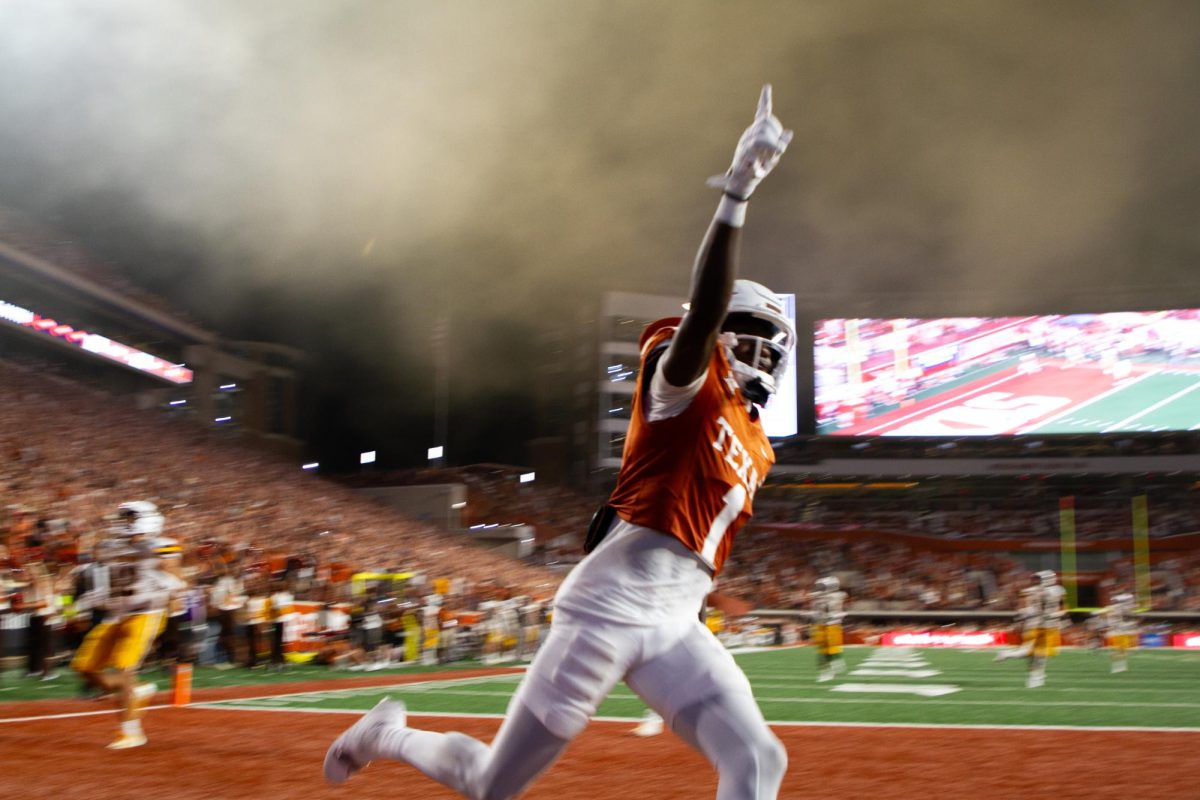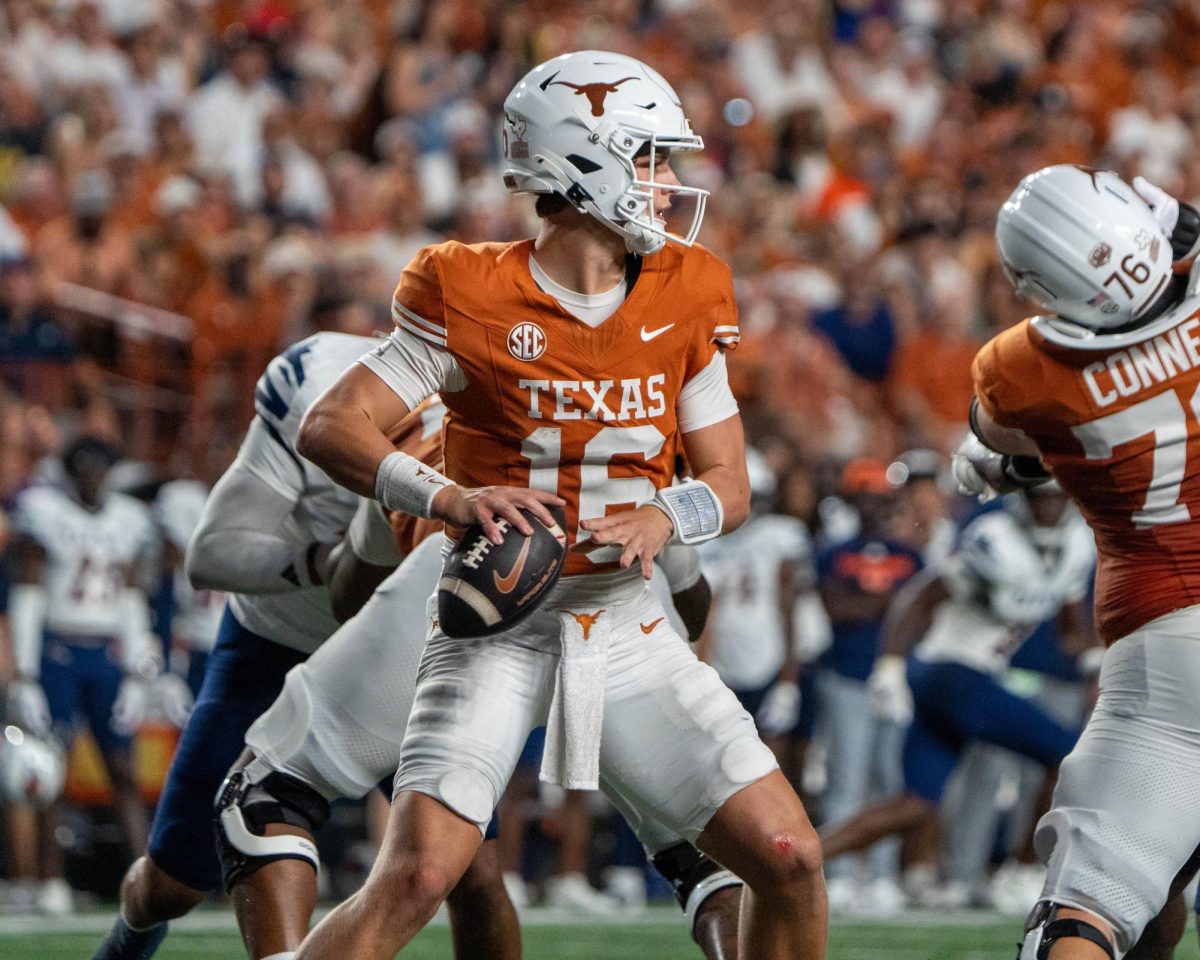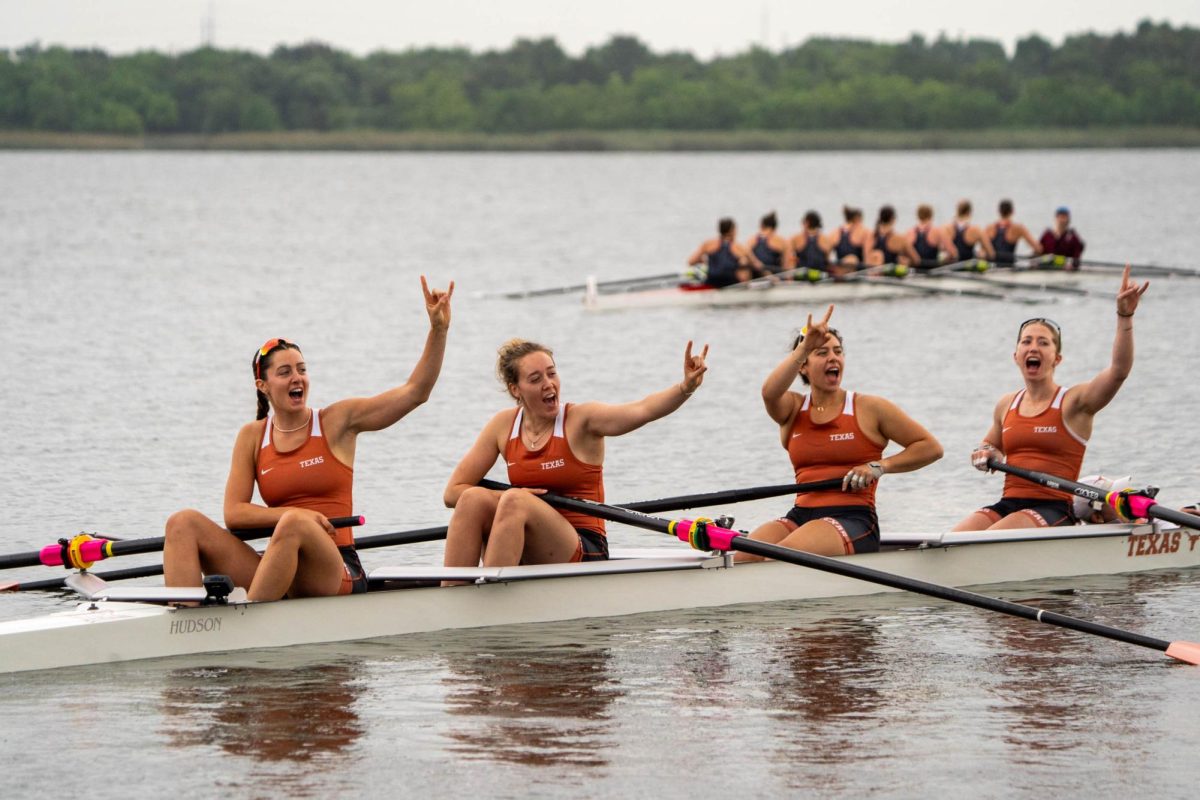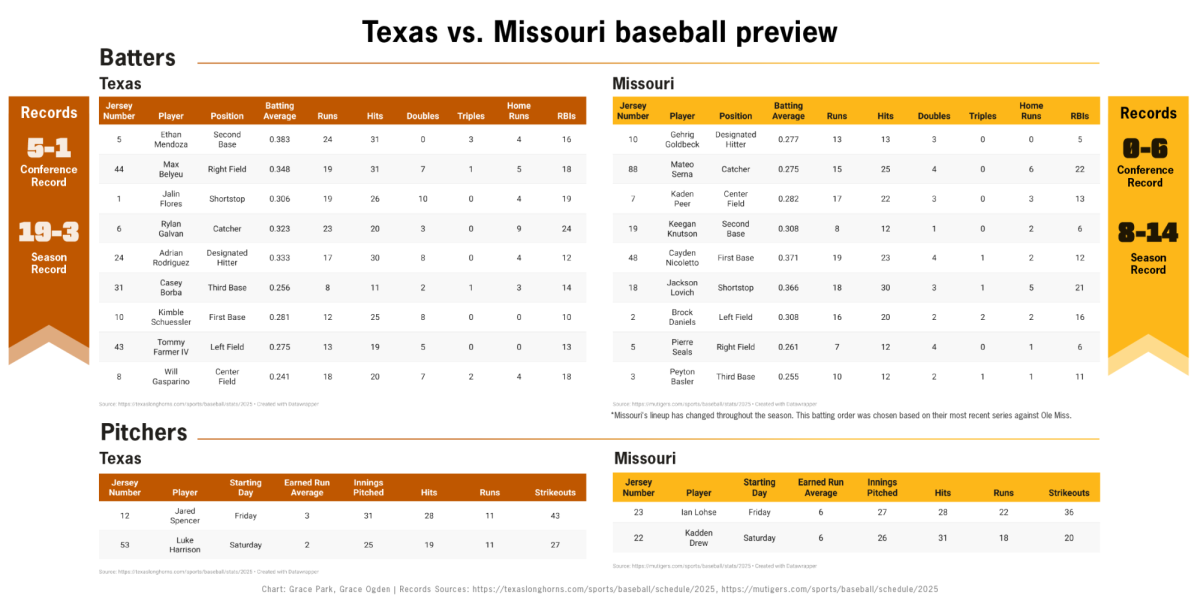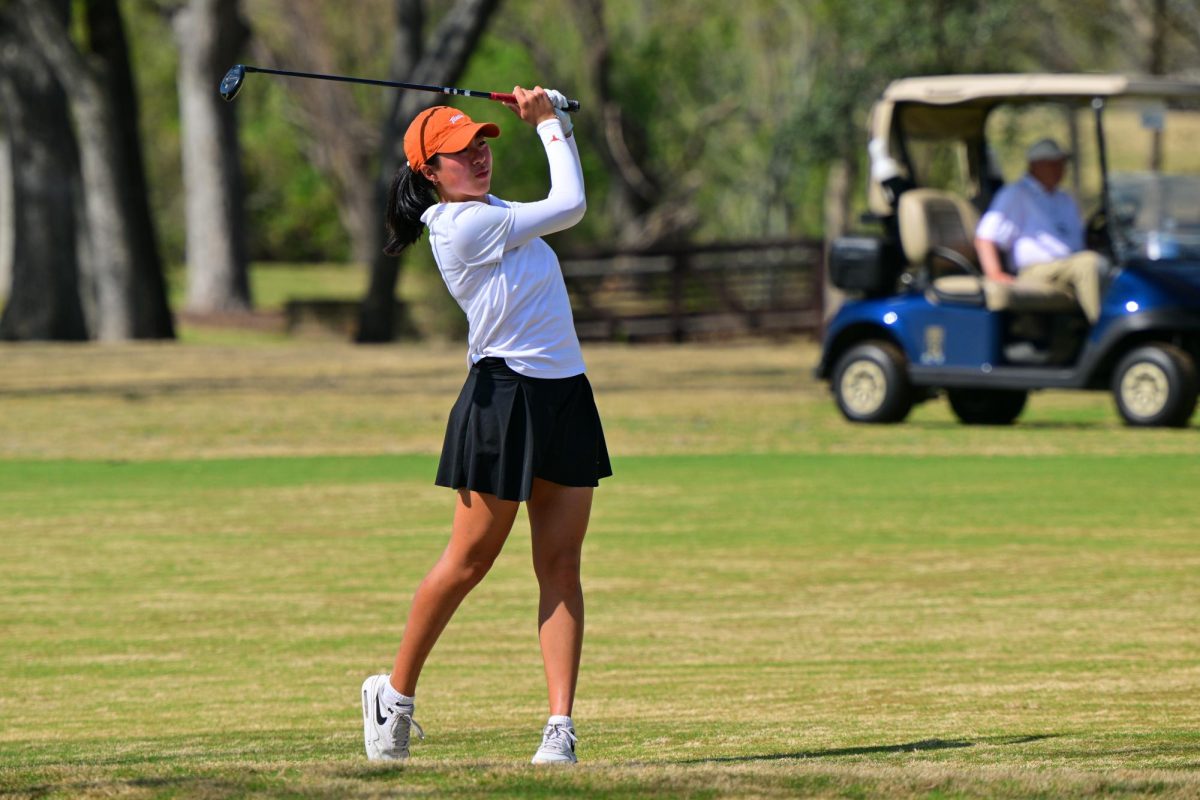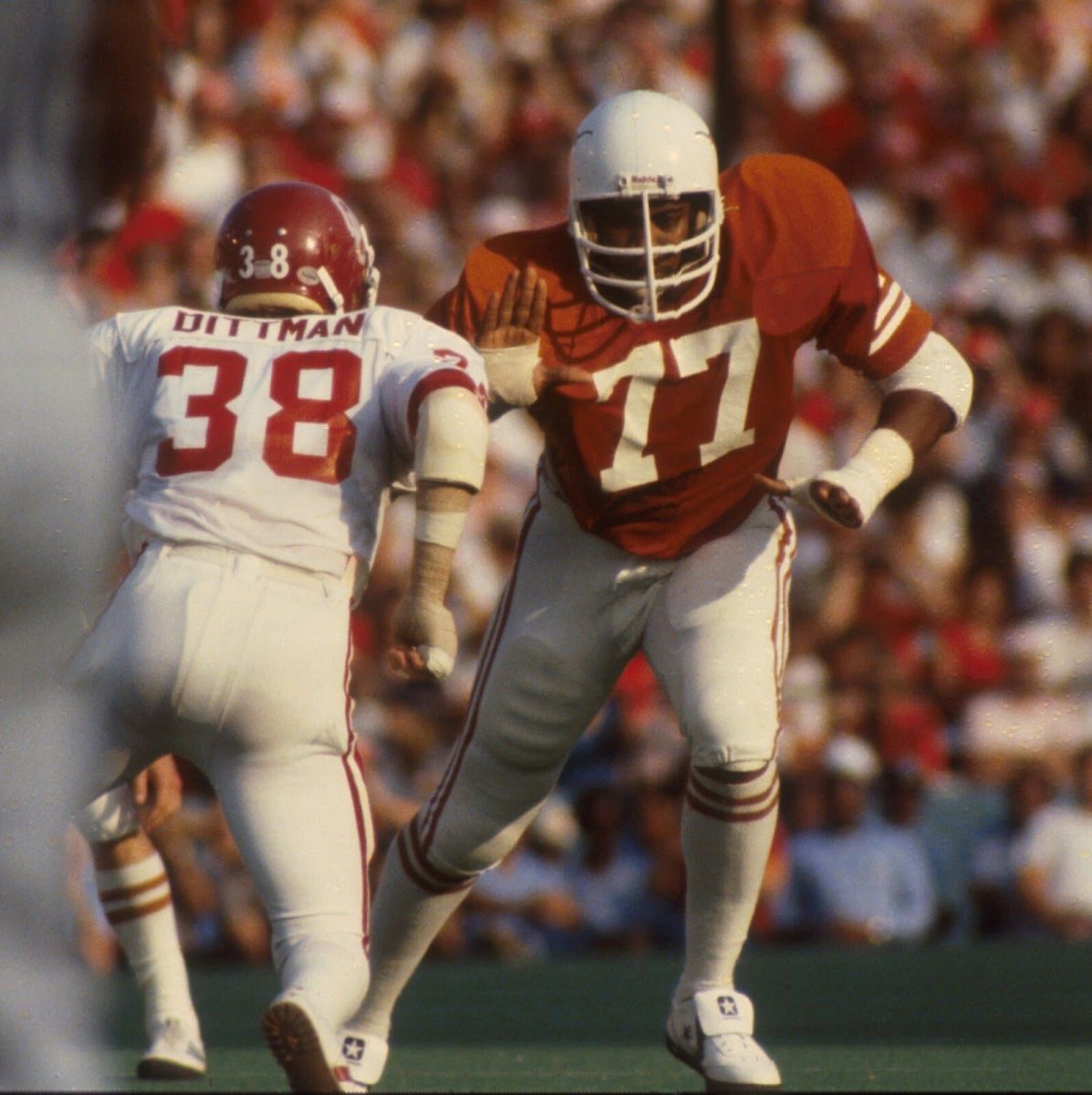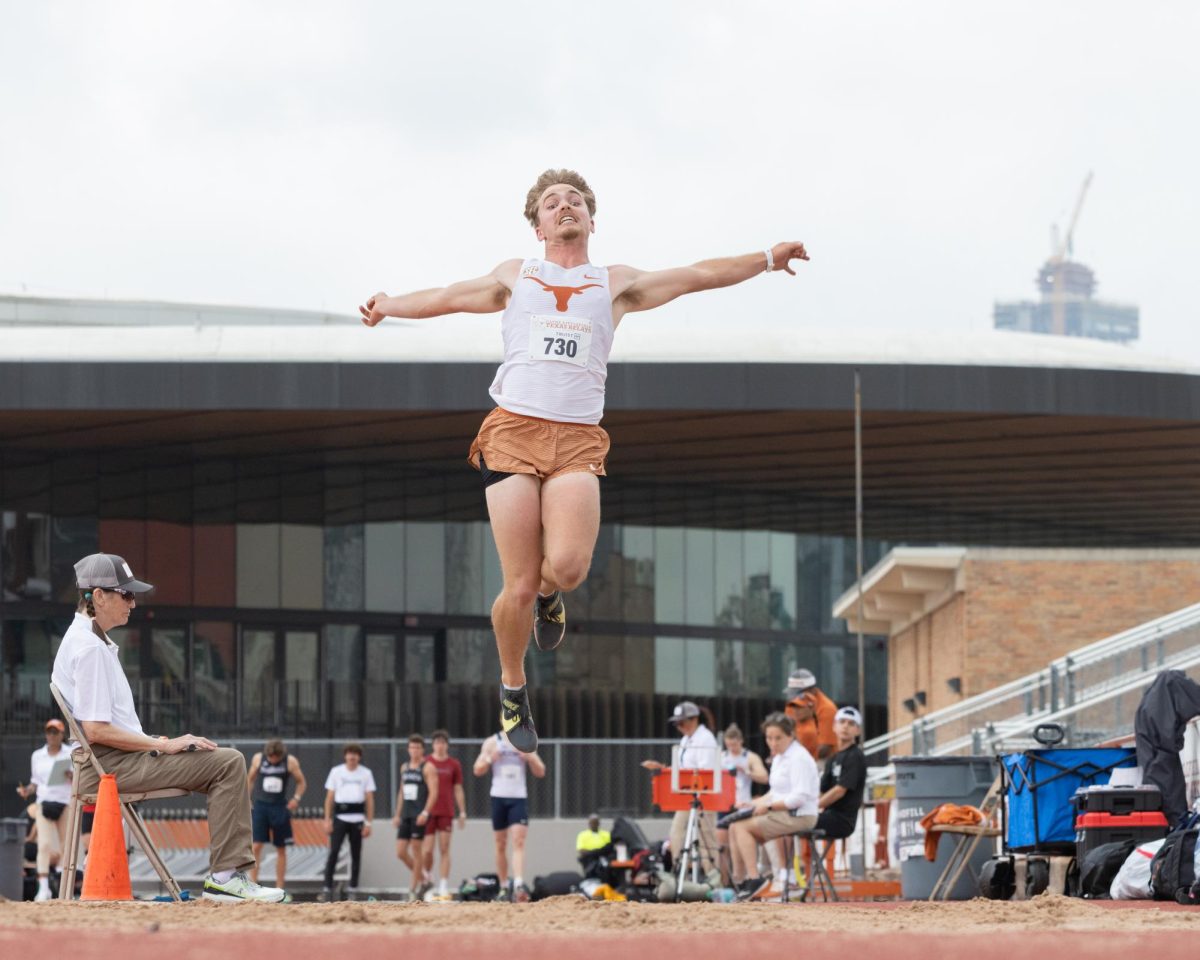As football kicks off its 2024 season, all eyes fall upon the Texas Longhorns. Maintaining one of the most storied collegiate histories in college football, Texas has been a staple of athletic life every Saturday for decades. The Longhorns are an iconic team with an iconic mascot, and they play in one of the most iconic arenas in the country: Darrell K Royal-Texas Memorial Stadium.
This year on Nov. 8, the famed stadium turns 100 years old.
The home of Longhorn football, DKR was built in 1924. The stadium looked a lot different back then, housing only 27,000 fans, compared to its modern capacity of about 100,000. Back then the name of the stadium was just War Memorial Stadium, meant to be a dedication to both competition and athletics as well as a reminder of all those who served in WWI who hailed from Texas.
“We treat it like it’s our own home … We want to make sure that it presents well, not just the seven or eight Saturdays out of the year that we host home football games (but) this is our home, so we’re in it every single day of the year,” said Fernando Lovo, executive senior associate athletic director for operations. Lovo oversees maintenance and event and game operations units for the Texas athletic department.
As time went on and the love for Longhorn football grew, so did the stadium, accommodating more and more fans and honoring fallen soldiers of later American conflicts. In 1955, the University purchased its first set of flood lights for night games and 49 years later the stadium was given its current name, honoring the legendary Darrell Royal, the longtime head coach of the Longhorns who led the team to three national championship wins.
“There’s some parts of the stadium that are 100 years old and there’s other parts that opened two, three years ago. Every part of the stadium is its own unique animal, but we try to be very strategic about how we maintain it,” Lovo said.
In its 100 years of existence, DKR has been home to many athletic events. It’s where running back and Heisman trophy winner Ricky Williams dominated the gridiron and later had his jersey retired, where Colt McCoy set a record of career wins by a quarterback in NCAA history, and where quarterback Vince Young carried Texas to its national championship in 2006.
But aside from its life as an athletic stadium, DKR welcomes countless Texas freshmen who pile onto the field in the first weeks of school and return when they graduate four years later.
“(DKR is) iconic … You think about how it was a student-led initiative to build the stadium 100 years ago and to honor our fallen heroes from WWI,” Texas athletics director Chris Del Conte said. “It embodies everything that is the great state of Texas.”

